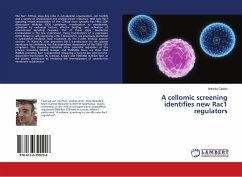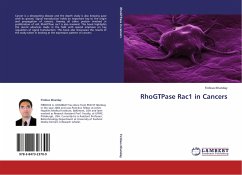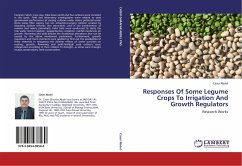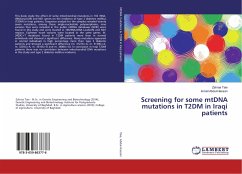The Rac1 GTPase plays key roles in cytoskeletal organization, cell motility and a variety of physiological and disease-linked responses. Wild type Rac1 signaling entails dissociation of the GTPase from cytosolic Rac1-Rho GDP dissociation inhibitor (GDI) complexes, translocation to membranes, activation by exchange factors, effector binding, and activation of downstream signaling cascades. Out of those steps, membrane translocation is the less understood. Using transfections of a expression cDNA library in cells expressing a Rac1 bioreporter, we previously identified a cytoskeletal feedback loop nucleated by the F-actin binding protein coronin 1A (Coro1A) that promotes Rac1 translocation to the plasma membrane by facilitating the Pak-dependent dissociation of Rac1-Rho GDI complexes. This screening identified other potential regulators of this process, including WDR26, basigin, and TMEM8A. Here, we show that WDR26 promotes Rac1 translocation following a Coro1A-like and Coro1A-dependent mechanism. By contrast, basigin and TMEM8A stabilize Rac1 at the plasma membrane by inhibiting the internalization of caveolin-rich membrane subdomains.








